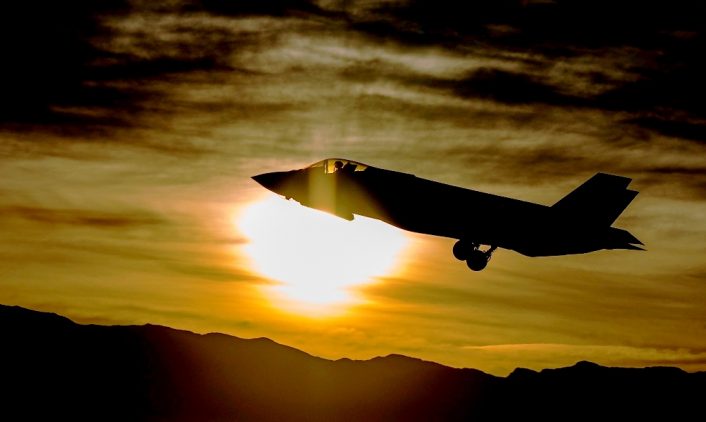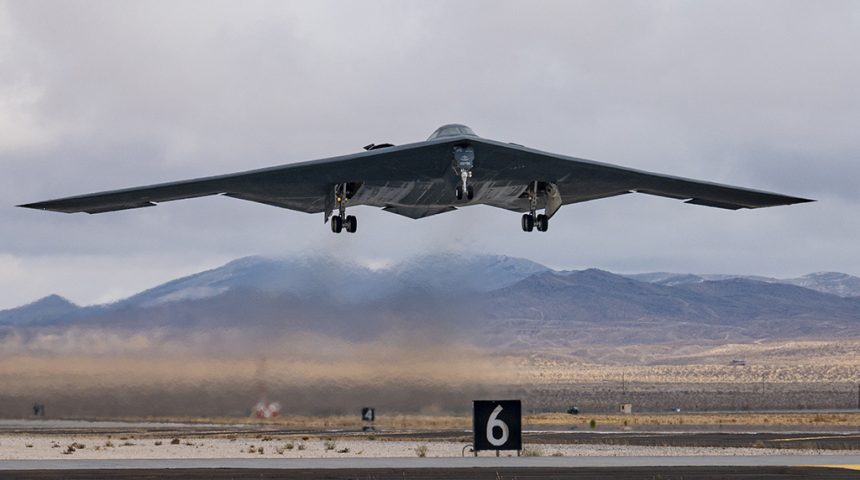The United States Air Force held its first Red Flag of 2021 at Nellis Air Force Base, Nevada, readying forces to confront potential near-peer opponents like China and Russia.
The first Red Flag exercise of 2021 has just concluded. Officially referred to as Red Flag 21-1, this massive two-week training exercise brought together 2,400 personnel from all branches of the United States military. The exercise is based at Nellis Air Force Base, near Las Vegas, Nevada.
Held since 1975, Red Flag represents the premiere American aerial training program which consists of four or more Red Flag exercises a year. Starting off as solely an all Air Force exercise, it quickly expanded to incorporate the United States Navy, Marines, Army as well as allied air forces from approximately 35 other nations.
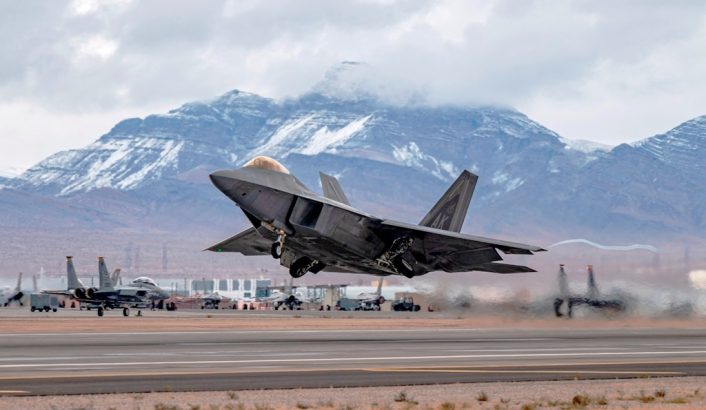
But why create such a large training exercise that has been sustained for the past 46 years? The original impetuous for Red Flag was, that the American aerial kill ratio had gone from 10:1, in America’s favor during the Korean War, down to a kill ratio of 2.5:1 in the Vietnam war. In aerial combat it was correctly perceived that the United States was losing its historical advantage in air-to-air combat.
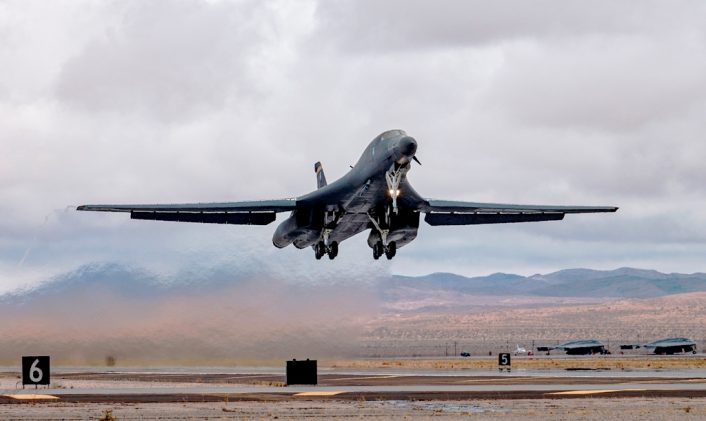
The first step to the creation of Red Flag was the multiple Air Force Red Baron Reports which studied each air-to-air engagement from the Vietnam War. This was analyzed on the micro and macro level as to what went wrong and what needed to be corrected.
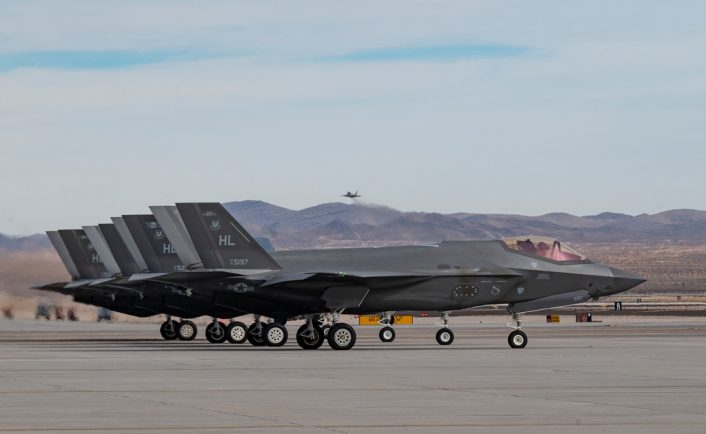
Some of the major findings were as follows. Basic air-to-air dogfighting had to once again become a priority. In the 1950s and 1960s, it was incorrectly believed that that the first air-to-air missiles were the future of aerial combat. In the real world of combat, outside of the laboratory and perfect stateside conditions, the technology of these first generation air-to-air missiles proved immature.
Alas, the 1960s pilot training had concentrated on the utilization of these early air-to-air missiles to the detriment of classic dogfighting. Because of this false belief in the maturity of air-to-air missile technology, the guns had been removed from the drawing boards of new fighters. For example, the McDonald Douglas F-4 initially was not equipped with an internal cannon, just missiles which often did not work.
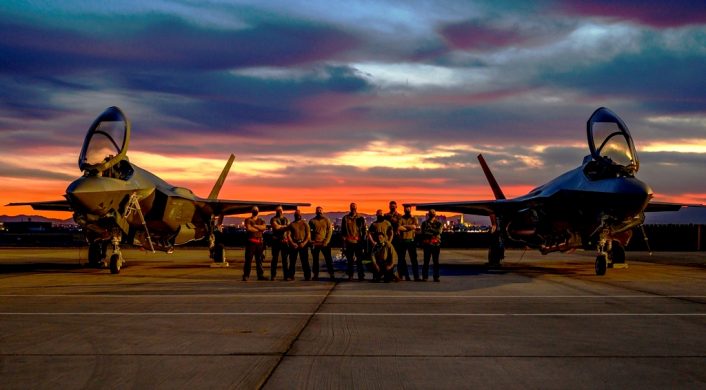
The Red Baron findings noted that pilots of multi-role fighters were trained to fulfil many missions, while their air-to-air training was just one of many mission. Few if any aircrew had the opportunity to train against smaller and more maneuverable interceptors prior to heading into combat for their first time.
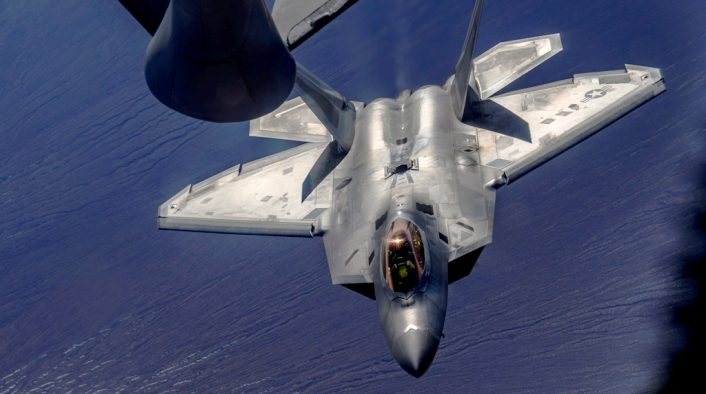
The Red Baron study recommended realistic training that “can only be gained through the study of, and actual engagements with, possessed enemy aircraft or realistic substitutes”. Thus, the foundation for the Red Flag exercises was established with dissimilar aircraft acting as the “Red” aggressor opposing force.
The 414th Combat Training Squadron of the 57th Wing is the non-flying unit which plans and conducts the four to six Red Flag cycles annually. The host units are based at Nellis Air Force Base, which provides quick access to the Nevada Test and Training Range. The Range is a highly instrumented training area which encompasses approximately 13,000 square kilometers of land and 18,000 square kilometers of restricted airspace.
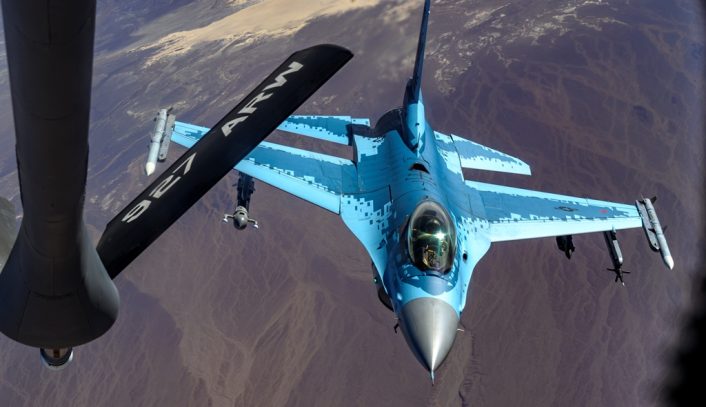
The 64th Aggressor Squadron forms the core of the red forces. Operating older F-16C/Ds, the squadron mimics tactics used by potential adversary air forces. In this aggressor role, they are increasingly augmented by private contractor aircraft.
In order to save both, money and airframe hours on its own aircraft, the American military will be spending $7.5 billion through 2029 on training for private contracted adversary air (ADAIR). So far the Pentagon has contracted for ADAIR services with five private companies. Those being: TacAir, Draken, Airborne Tactical Advantage Company, and Top Aces.
Presently, 64th Aggressor Squadron is the sole Air Force aggressor unit at Nellis, but there are plans to reestablish the 65th Aggressor Squadron later in 2021. This will be done as some older F-35As are added to the aggressor force. With other nations developing fifth generation stealth aircraft, the F-35A will be able to offer a real world threat as part of the in house aggressor force at Nellis.
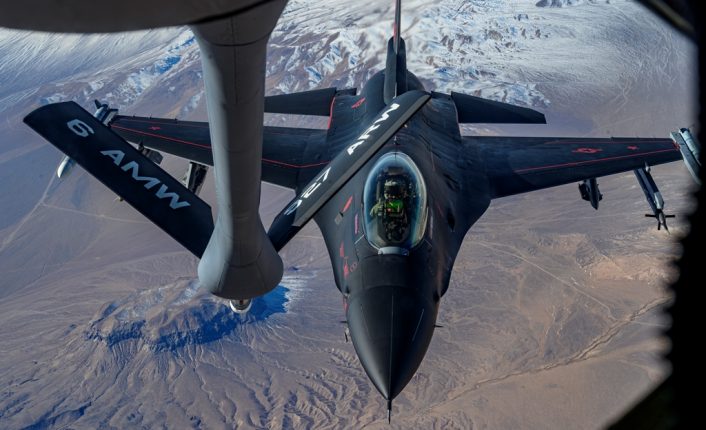
Adding the F-35A to the red forces shows how Red Flag had to continually change to mirror the evolving and improving international threat. As America’s wars in Iraq, Syria and Afghanistan wound down, the United States is reorienting to confront potential near-peer opponents like China and Russia.
Brigadier General Michael Drowley, 57th Wing commander, recently stated, “Our team’s mission is to prepare participants for the high-end fight and great power competition continues unabated.” Red Flag represents the pinnacle of adversary air training and must continuously increase the technological level of its in-house adversary force.
